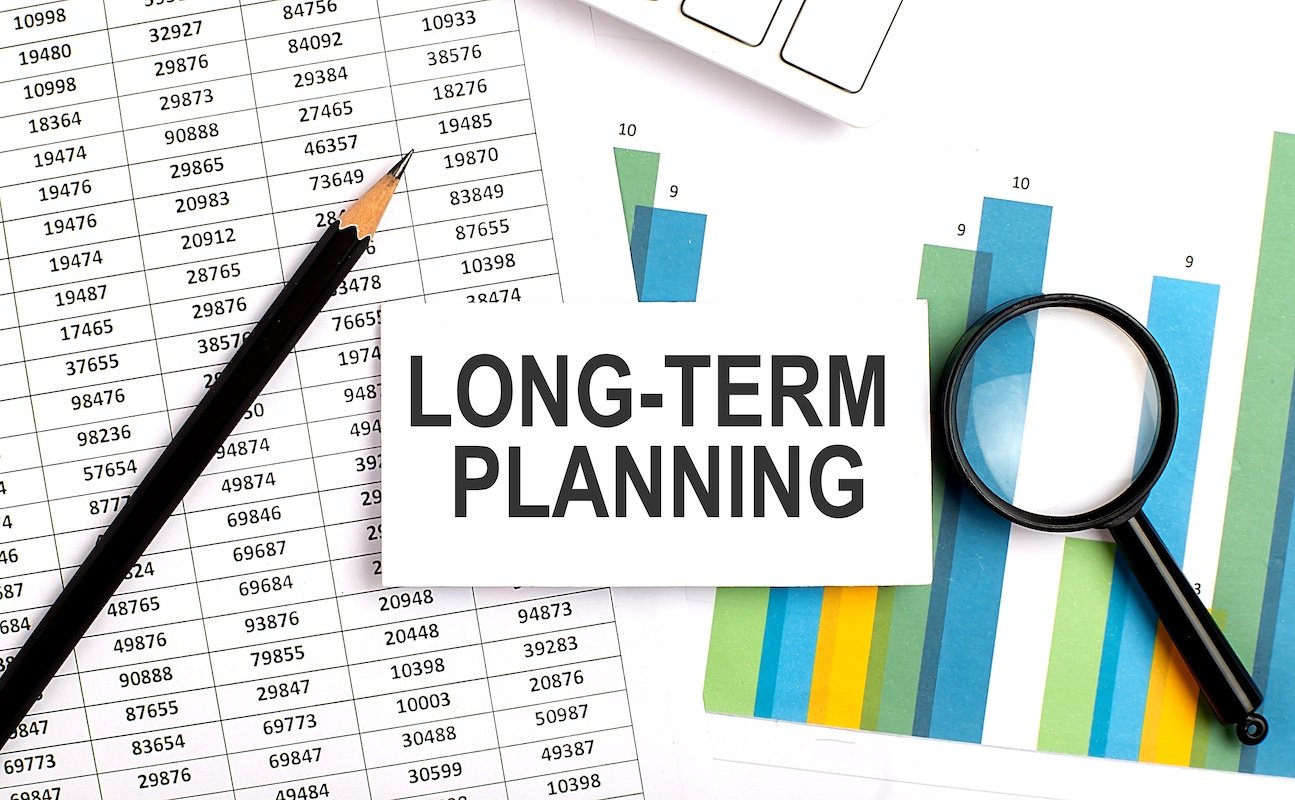With global life expectancy increasing over the world, more and more families are facing the challenge of long-term care for their elderly. In the US alone, like many other developed nations with aging populations, around 20% of the population is over the age of 65.
And one of the biggest hurdles comes from financial struggles. In this article, we’ll guide you through financial planning for long-term care—so you can ensure that your beloved elderly receive the care they need for as long as they live.
Understanding Long-Term Care Needs
Long-term care encompasses the many needs of the elderly. This includes things like:
- Feeding;
- Bathing and hygiene;
- Dressing;
- Managing medications;
- Managing check-ups.
While typically associated with the elderly, this can also apply to younger people who are chronically ill, disabled, injured, or otherwise cannot perform daily tasks on their own.
The costs of long-term care vary wildly. It will all depend on the level and types of care needed, as well as on your location. After all, the prices of these services will depend on where you live.
In Kentucky, for example, private or semi-private nursing rooms can cost anywhere from $8000 – $9000 a month. This translates to over $100,000 a year. Meanwhile, assisted living facilities usually cost around $4000-$5000 a month. In-home care services cost around the same.
Start Planning Early
The earlier you start planning, the more options you’ll have in the future. Start by assessing the following:
- Potential Needs
Costs will vary on what type of services and medications you need. So, take a good look at your family health history and discuss the likelihood of potential medical conditions. Doing so will help you estimate future care costs.
- Research Care Options
After laying out what you’ll likely need in the future, it’s time to research the services available in your area.
Do you need nursing homes? Assisted living facilities? Private nurses for in-home care?
Contact different facilities, compare their prices, quality, and locations, and determine which is the most economical for you.
Planning to live or retire in a different place in the future? You can use VPNs to change your digital location to that area and look up places there more easily.
With that, you’ll have a good estimate of how much you’ll need on a monthly or yearly basis.
- Create a Budget
Now that you have an idea of how much things will cost in the future, it’s time to create a budget. Additionally, create a solid, detailed plan to fill that budget.
Calculate how much you or your loved one/s can allocate toward these expenses from your current income, savings, and other resources.
However, as much as possible, try to budget more than your estimated costs. Old age and other medical conditions can often cause other complications and therefore additional costs.
If there are any gaps or deficiencies in your finances, figure out ways to remedy them as soon as possible through other income sources, insurance programs, and government programs.
- Communicate With Family
Lastly, make sure to communicate all these to your family members. In addition to discussing financial contributions, discuss what each member’s roles and responsibilities will be.
For example, who will be in charge of which caretaking task? Who will have the final say in decisions?
And, of course, ask the individual needing care what their preferences are about the services they’ll receive.
Financial Products and Programs for Long-Term Care
The right financial products can be incredibly helpful, but choosing one can be difficult. The wrong product can provide you with subpar benefits and even be financially detrimental to you.
Consider looking at the following financial products that are available to you.
- Long-Term Care Insurance
Long-term care (LTC) insurance plans exist as an alternative to other health insurance plans, as they are designed to cover the costs of care services not typically covered by health insurance or Medicare. Consider buying an LTC insurance policy early while premiums are lower.
- Life Insurance with Long-Term Care Riders
Some life insurance policies offer riders that provide benefits for long-term care needs.
- Annuities
Certain annuities can be specifically tailored to include long-term care benefits. These financial products provide guaranteed income in exchange for a lump sum. If you can afford it today, it may offer additional funds over the long term.
- Health Savings Accounts (HSAs)
If your health plan has high deductibles, consider contributing to an HSA. This allows you to save pre-tax dollars for future medical expenses, including long-term care costs.
Explore Government Programs
In the US, several government programs can help you provide for your elderly. The 3 main programs are:
- Medicare
Medicare is a health insurance program specifically designated for people aged 65 and above and will be directly applicable to long-term care costs.
- Medicaid
Medicaid is the US public health insurance program for families with lower incomes. If you think finances will be tight, make sure to look into Medicaid.
- Veterans Benefits
Is someone in your family a veteran? If so, and especially if the person needing care is a veteran themselves, they are likely entitled to additional financial support from the government. Contact the Department of Veteran Affairs for more information.
Legal and Estate Planning
Proper legal planning is also: Consult with an attorney who specializes in elder law to:
- Establish a Power of Attorney: Designate who makes financial and healthcare decisions if the individual becomes incapacitated.
- Create a Living Will: Specify preferences for medical care and end-of-life decisions.
- Set Up a Trust: Trusts can protect the individual or your family’s assets and ensure that funds are used specifically for long-term care needs.
Final Thoughts
Long-term care can be incredibly challenging, especially financially. But with careful planning and disciplined budgeting, you ensure that your elderly loved ones remain comfortable for the rest of their lives and safeguard your family’s financial future.



